Gripping Accounts of Spies Who Risked Everything for Their Countries
02 Oct 2024Movies and TV series have painted a grand picture of the lives of secret agents and spies around the world. However, we often overlook the real origins. Actual spies have carried out extraordinary missions for their nations, though many of the most impressive remain untold. Here’s a list of some well-known spy stories and surprising facts from real life.
The Cold War Is Still Alive and Kicking
Although the Cold War officially ended decades ago, tensions between Russia and the West have remained frosty. The two global powers continue their competitive stance into the modern era, for better or worse. Since the 2010s, the FBI has uncovered and dismantled numerous Russian spy rings, with occasional news stories serving as reminders that Cold War-style espionage is far from over—not just in America but throughout the West as well.
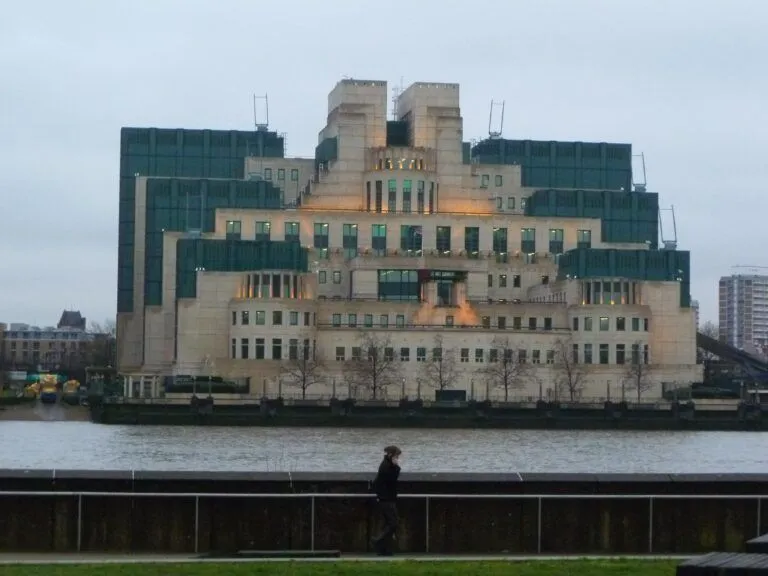
@United Kingdom: MI5 did not investigate the links between an alleged "Russian spy" and the Conservatives/agenzianova.com
MI5, the United Kingdom’s domestic counterintelligence and security agency, has repeatedly reported over the past few decades that Russian agents are likely operating throughout London today. Current estimates suggest the number of active spies rivals that seen during the peak of the Cold War.
Feline Spies
We've all heard the bizarre tales of government agencies spending millions on outlandish experiments to achieve covert objectives. One such real-life project was the CIA's "Project Acoustic Kitty," carried out in the 1960s. The goal was to use cats as surveillance tools to spy on an Asian head of state. It was observed that stray cats frequently roamed near and lingered around this leader’s secret meetings and strategy sessions.

@Alex Sava/history.com
The CIA spent $20 million outfitting cats with microphones in their ears and transmitters implanted in their skulls before releasing them to roam freely, with the intent of tracking and listening in on conversations. However, the project was ultimately scrapped due to one major flaw: cats are notoriously independent and unpredictable, rarely staying where they were supposed to.
The Great Predecessor of MI5
Before MI5 was officially established, the UK had a long history of renowned spies serving the Crown. From 1573 to 1590, Sir Francis Walsingham acted as Queen Elizabeth I’s royal spymaster, playing a crucial role in many of the nation's successes.
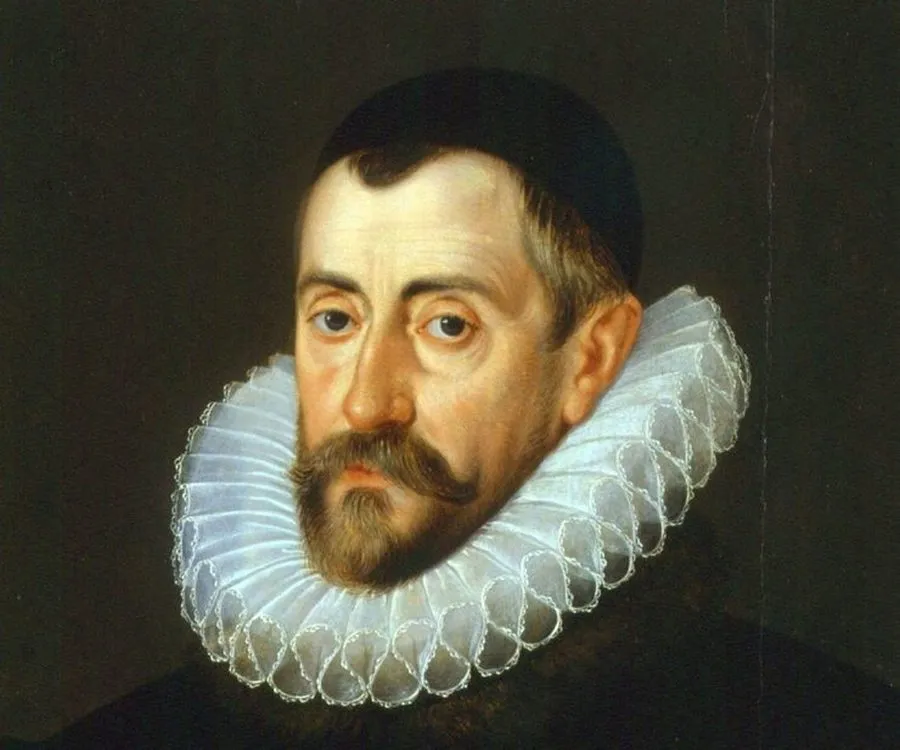
@Jessica Brain/historic-uk.com
His efforts were instrumental in repelling the Spanish Armada in 1588 and orchestrating the capture and execution of Mary, Queen of Scots, in 1587. Widely regarded as one of the greatest British spies, Walsingham is honored by MI5 as one of their early predecessors. In fact, MI5’s coat of arms features a symbolic rose, a tribute to the rose Walsingham used to press into wax seals.
India’s Renowned Spymaster
Few can claim a legacy as remarkable as Rameshwar Nath Kao, India’s former spymaster. Kao, a legend in South Asian intelligence circles, founded India’s Research and Analysis Wing (R&AW) and swiftly transformed it into a powerful force. He is widely regarded as one of the architects of modern India, playing a key role in securing the nation’s independence and safeguarding its security through numerous conflicts in the late 20th century.
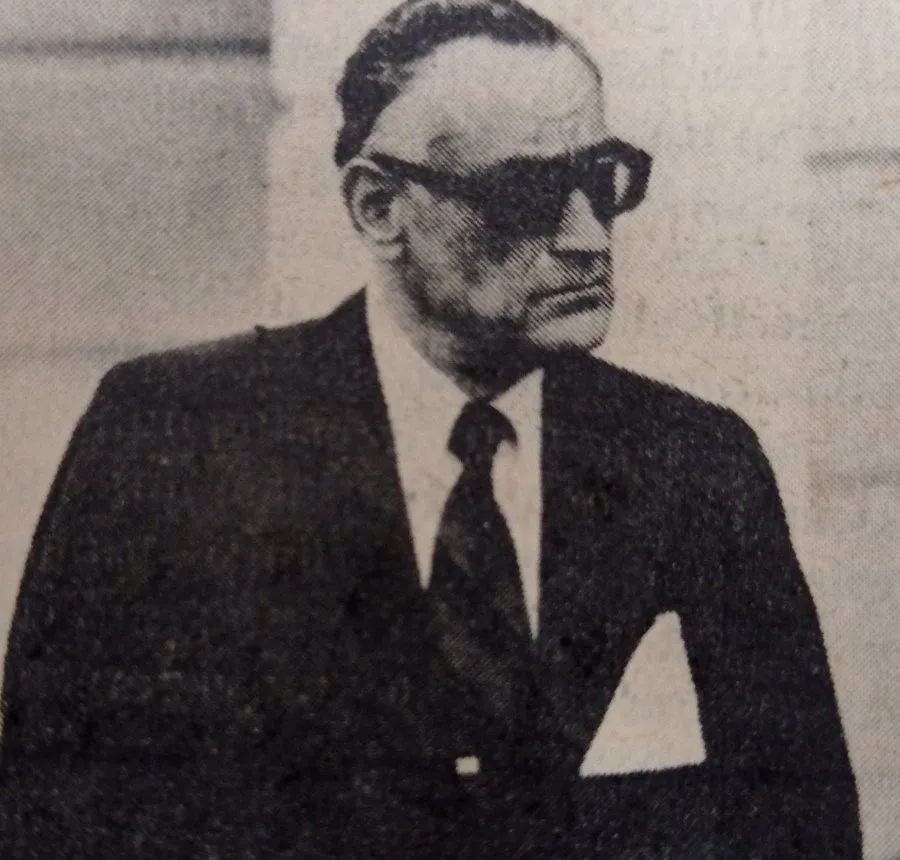
@indianhistorypics/x.com
Kao was highly respected, with his juniors holding him in great esteem. Affectionately dubbed the "Kaoboys," his juniors and trainees helped shape one of the most formidable intelligence agencies of the time. Kao’s legacy is honored today through the annual R.N. Kao Memorial Lecture, which addresses contemporary issues in the world of intelligence.
The Unusual Revelation of Climate Change
The melting of global ice has uncovered many historical artifacts, including a significant discovery from the 1960s. Project Iceworm was a covert U.S. initiative aimed at countering the potential nuclear threat from Russia at the time. The plan involved boring an extensive tunnel system beneath the ice sheet of Greenland, intended to serve as both a storage facility and a launch site for medium-range nuclear missiles.
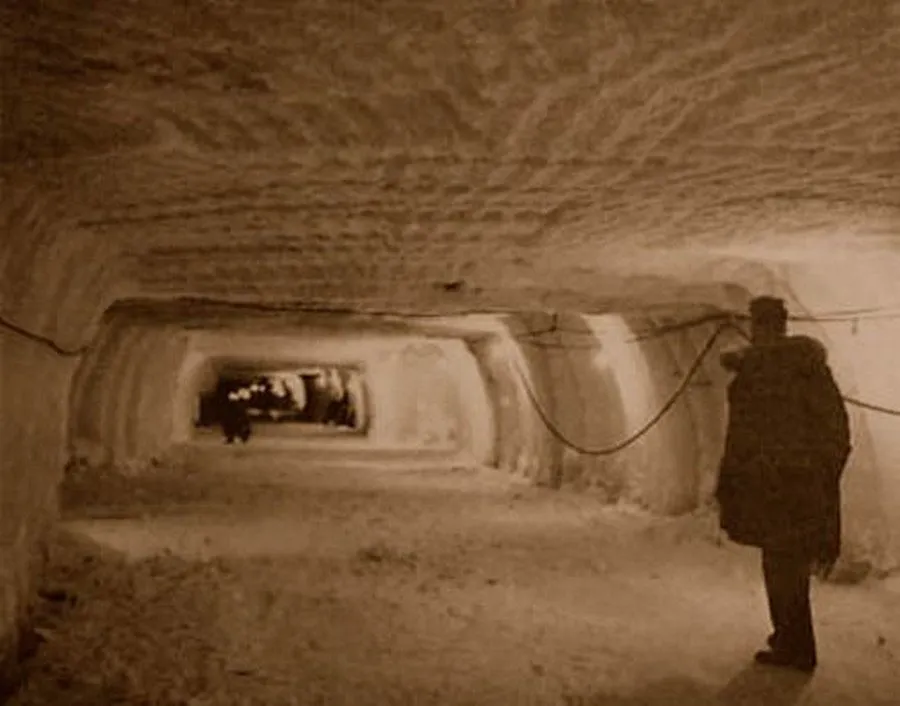
@Project Iceworm/bldgblog.com
This 2,500-mile-long tunnel network essentially became a hidden city. Climate change has unveiled the remnants of these tunnels from the long-abandoned project. By the mid-1960s, the U.S. abandoned Project Iceworm due to the overwhelming challenges associated with its scale. Today, all that remains are the beginnings of what could have been one of the world’s most perilous sites.
Belle Boyd, Spy for the Confederacy
One of the more infamous figures to emerge from the American Civil War was Maria Isabella Boyd, better known as Belle. She served as a spy for the Confederacy, and her career took off after she won a violent confrontation with a drunken Union soldier. Living in a Confederate state, she was pardoned for her actions, perceived as a victim defending herself and her mother.
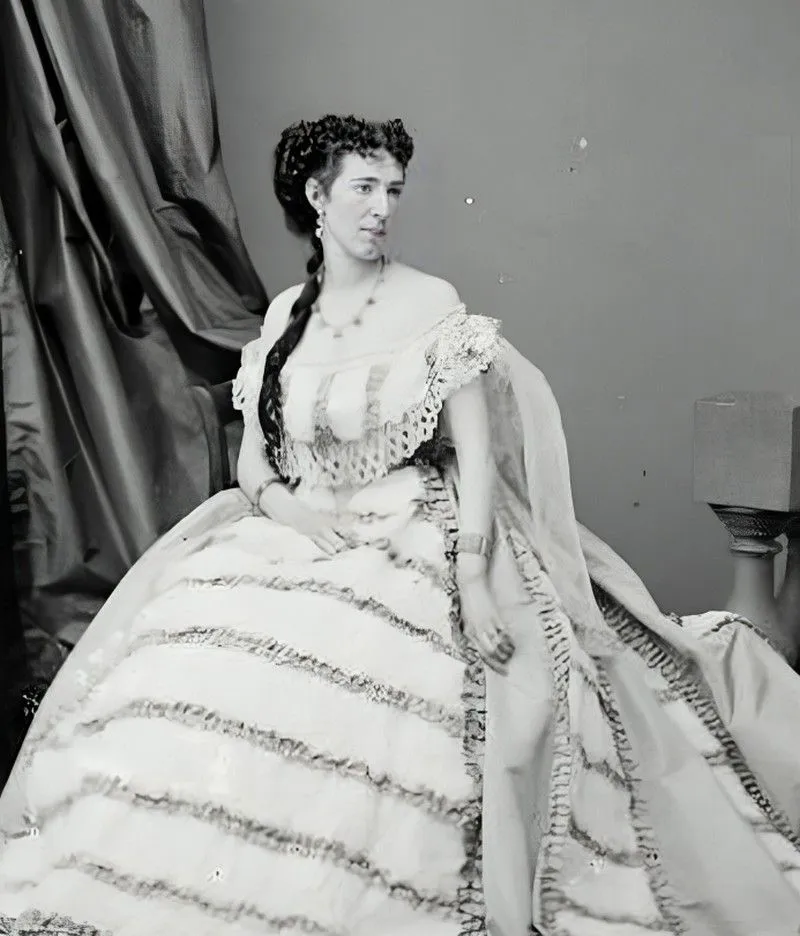
@Library of Congress Prints & Photographs Division/encyclopediavirginia.org
This experience motivated her to start a career charming Union soldiers into revealing state secrets during their conversations. Even after being captured and imprisoned by the Union, Belle managed to infamously charm her way past the prison guards, obtaining valuable information while behind bars. She once noted about a guard, “To him, I am indebted for some remarkable effusions, some withered flowers, and a great deal of important information.”
The Sacrifice of René Carmille
René Carmille is a renowned and influential figure from World War II. As a member of the French military and the French Resistance, he saved thousands of Jewish lives by secretly utilizing the French central record system, which he had pioneered and proposed. With most of France under German occupation, his proposal was made to the Nazi government.
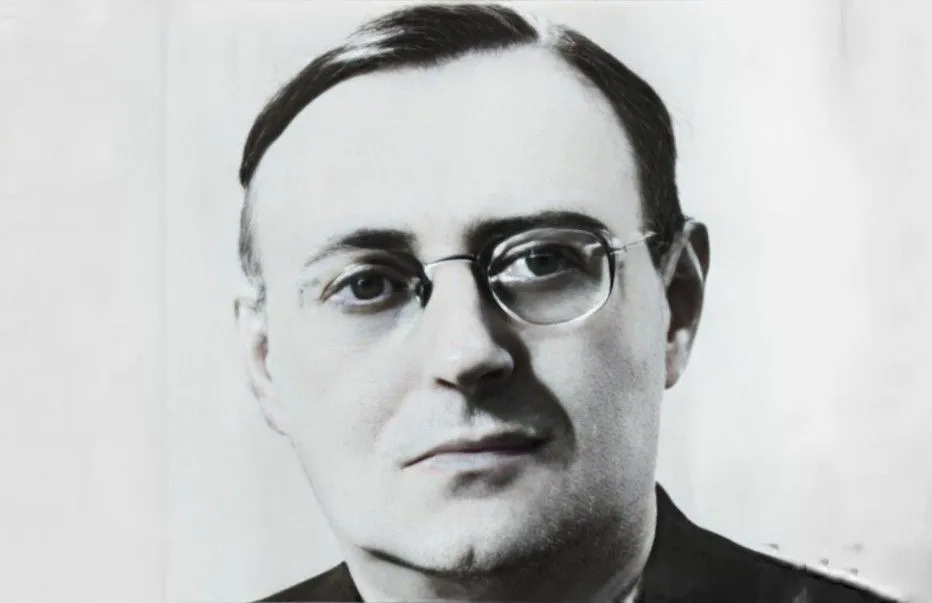
@René Carmille/factrepublic.com
The system aimed to create a centralized record for French civilians as a means to address civil matters but secretly, it served as a way to protect the population through obfuscation and to covertly mobilize an army. With Carmille’s assistance, citizens were recorded using a numerical system that stripped away identifying details, except for gender. This method enabled trained veterans to blend in with the general populace, allowing Jewish individuals to remain hidden during the census.
The Golden Chance
The Cold War was marked by significant espionage activities, and Operation Gold is one notable project from that era. In 1954, the United States and Britain collaborated to devise a plan to tunnel beneath the Berlin Wall, aiming to bypass numerous layers of security. The goal of Operation Gold was to surveil Soviet activities in East Germany, and it seemed like a flawless plan — until British traitor George Blake intervened.
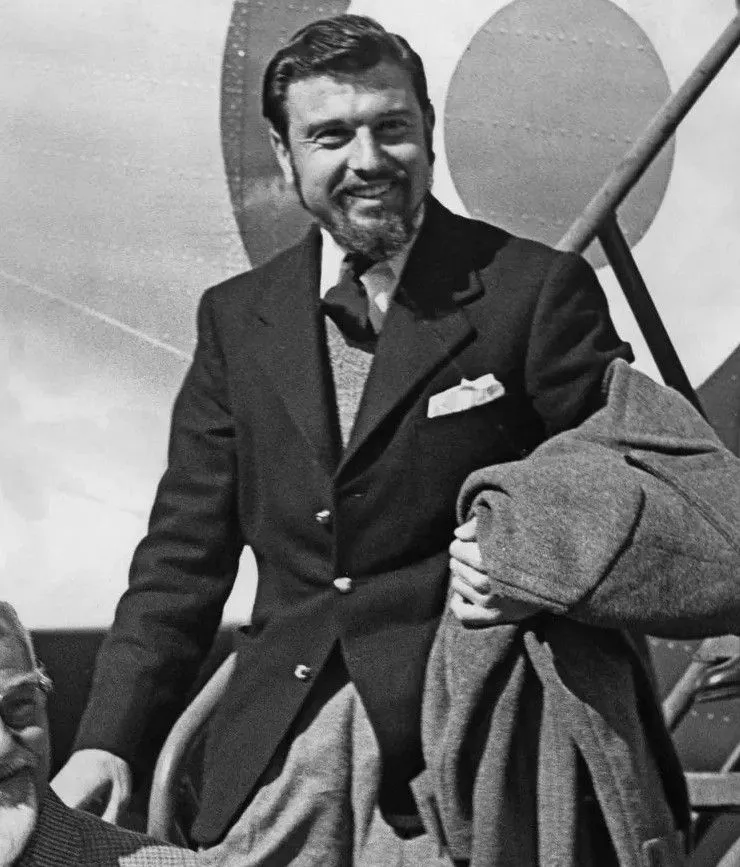
@George Blake, British Spy Who Betrayed the West, Dies at 98/nytimes.com
Blake alerted the Soviets about the operation, allowing them to prepare for the interception of the tunnel. The Soviets "accidentally" uncovered the tunnel after it had reached 1,476 feet in length, effectively shutting down the entire operation. Nevertheless, the CIA maintained that the intelligence they had collected was valuable, asserting that the effort was worthwhile, despite the operation being deemed a failure.
Mata Hari
Mata Hari is renowned as one of the most famous exotic dancers of the late 1800s and early 1900s. While she was purportedly of royal Indonesian descent, her entire background was actually a fabrication. Born Margaretha Geertruida Zelle, she was a Dutch woman raised by a hat-maker. Although her onstage persona initially brought her fame, it significantly benefited her when World War I broke out.

@mata hari margaretha geertruida zelle/friesmuseum.nl
Enjoying the favor of Europe’s elite, many high-ranking German officials became quite taken with her performances, which she skillfully leveraged to her advantage. Through her connections, Hari gained exclusive access to crucial information, which she subsequently sold to the German opposition. While the significance of her role as a spy is debated today, some argue that she provided vital intelligence that enhanced Allied military strategies, helping to secure victories that might have otherwise been losses.
The Controversial Turncoat
Anatoliy Golitsyn served as a major in the strategic planning department of the Soviet KGB and played a controversial role during the Cold War. He is best known for defecting from the KGB to provide the CIA with vital intelligence. Golitsyn claimed that the Soviets were executing a long-term deception strategy designed to lull the West into a false sense of security.
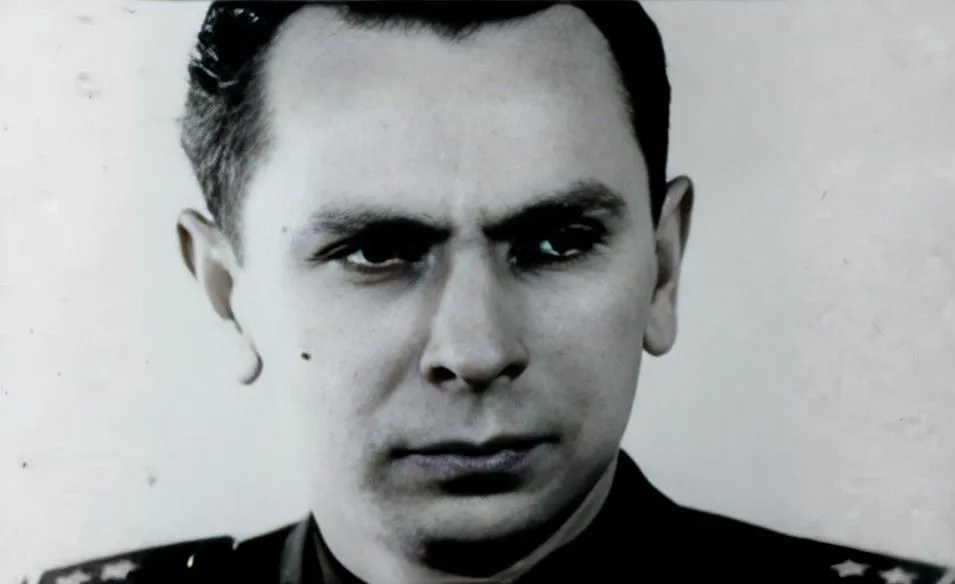
@Spy who got the cold shoulder: how the west abandoned its star defector/theguardian.com
He alleged that they had anticipated the fall of the Berlin Wall, a financial collapse in the U.S., and the eventual establishment of the European Union. While the CIA regarded Golitsyn as a valuable defector and informant, MI5 considered him to be less credible. The British intelligence agency viewed him as a conspiracy theorist who disseminated potentially harmful information, including claims that the British prime minister was a KGB informant and that Finland's president was a secret KGB agent.
Mind-Control Experiments
One of the most controversial secret projects undertaken by a government agency is the infamous MKUltra experiments. This CIA initiative during the Cold War involved a series of experiments using mind-altering illicit substances, often administered to non-consenting participants deemed society’s outcasts. The primary objective of the project was to discover how these substances could be weaponized against U.S. enemies, exploring various applications ranging from chemical warfare to potential mind control.

@The CIA's Appalling Human Experiments With Mind Control/history.com
MKUltra has received extensive coverage, initially dismissed as a mere rumor until official documents were declassified. While many records were destroyed or "lost" over time, those that remain reveal a disturbing picture of the government’s experimentation on its own citizens.
The Supposed Assassin of Lord Kitchener
Spies are not only skilled in espionage but often have darker missions as well. Fritz Joubert Duquesne was a South African spy who aligned himself with Germany during World War I, motivated by his animosity toward England, stemming from the suffering his family endured during the Boer War. Duquesne operated as a spy for Germany against the British, masquerading as a scientist aboard various ships and vessels.
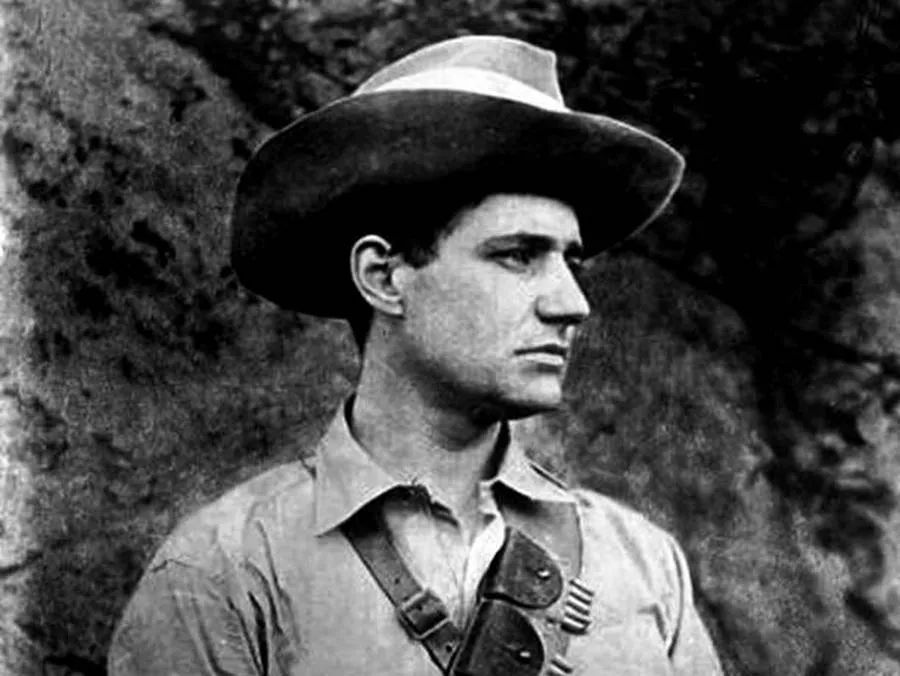
@Fritz Duquesne – the spy who never came in from the cold/reprobate.co
This disguise allowed him to gather crucial intelligence on British naval operations, enabling Germany to effectively counter and sink numerous valuable British vessels. There is strong evidence suggesting that Duquesne was directly responsible for the sinking of several British ships using strategic explosives. One theory posits that he acted as the detonator for the explosive that sank HMS Hampshire, leading to the death of Lord Kitchener, the British Secretary of State for War.
Roald Dahl’s Adventures in America
The renowned children’s author Roald Dahl led a fascinating life long before his literary career took off. He served as a pilot in the British army but after sustaining several injuries that grounded him, he was assigned to a desk job at the British embassy in Washington D.C. Dahl quickly became popular among the women who frequented the embassy and swiftly ascended into American high society.

@Daniel Wenger/newyorker.com
His newfound status came with a unique role: the British government employed him as a spy, using his charm to seduce influential American women and promote British interests in the United States. Eventually, Dahl’s spy career reached a turning point, as he requested to be reassigned due to the increasingly clingy behavior of Clare Booth Luce, the wife of Time magazine founder Henry Luce. By the time his request was granted, he had successfully pilfered important documents, fostered a pro-British sentiment, and uncovered a love and talent for writing that would ultimately define his next career.
Unusual Test Pilots
Throughout history, when humanity needed to conduct tests, animals were often used as subjects. While modern animal testing is less common and widely criticized, typically only occurring when deemed safe, this wasn't always the case. When it came to testing safety itself, the methods could be quite unconventional. In the 1950s, the U.S. Air Force employed a particularly strange approach when working with the B-58 Hustler, a Mach-2 jet designed for nuclear weapon delivery.

@B-58 Hustler/nuke.fas.org
Seeking to incorporate ejector seats, they began experiments on the ground using recruits from unemployment lines. After these tests proved successful, they progressed to using chimpanzees for in-flight testing of the ejector seats, and later, heavily sedated bears. Fortunately, no bears or chimps lost their lives during these experiments.
The Bicycle-Bound Spy
Lise de Baissac served as a spy in the Special Operations Executive (SOE), one of Britain’s most clandestine organizations during World War II, often referred to as “Churchill’s Secret Army.” She was among the numerous agents who operated throughout German-occupied France, executing a range of covert operations. Notably, de Baissac undertook a solo mission where she posed as an amateur archaeologist, cycling across France.
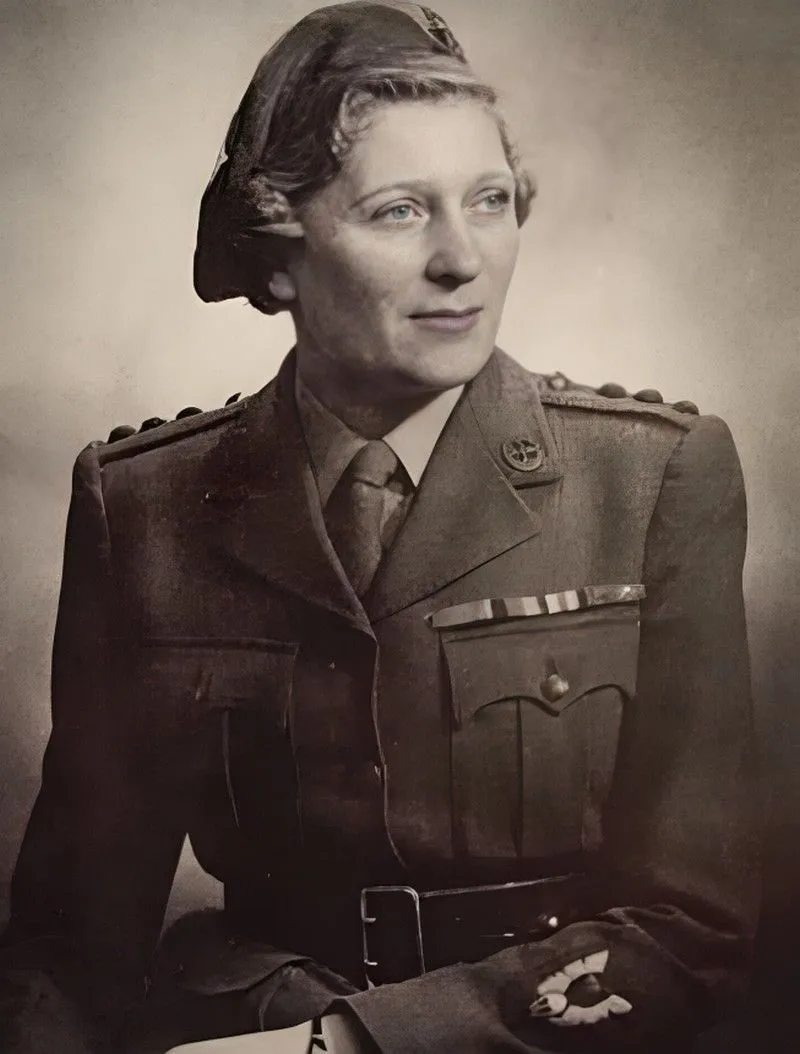
@SOS SLP de ingles/facebook.com
In reality, she was covertly gathering intelligence and weapons while disseminating information about the resistance to help establish a network for the Allies. Lise famously spent 11 months in a Gestapo headquarters, playing a crucial role in setting the stage for the Normandy Landings. She facilitated numerous arrangements to assist resistance leaders and agents in escaping France and returning to England.
The Agent Who Rescued a Plane
In 1969, El Al Flight 432 became the target of a terrorist attack when Palestinian militants took the plane hostage. As it was preparing for takeoff from Zurich to Tel Aviv, four attackers opened fire with rifles and carried explosives capable of bringing down the aircraft. Among the passengers was an undercover Israeli agent named Mordechai Rahamim, who was armed and ready to confront the situation head-on.
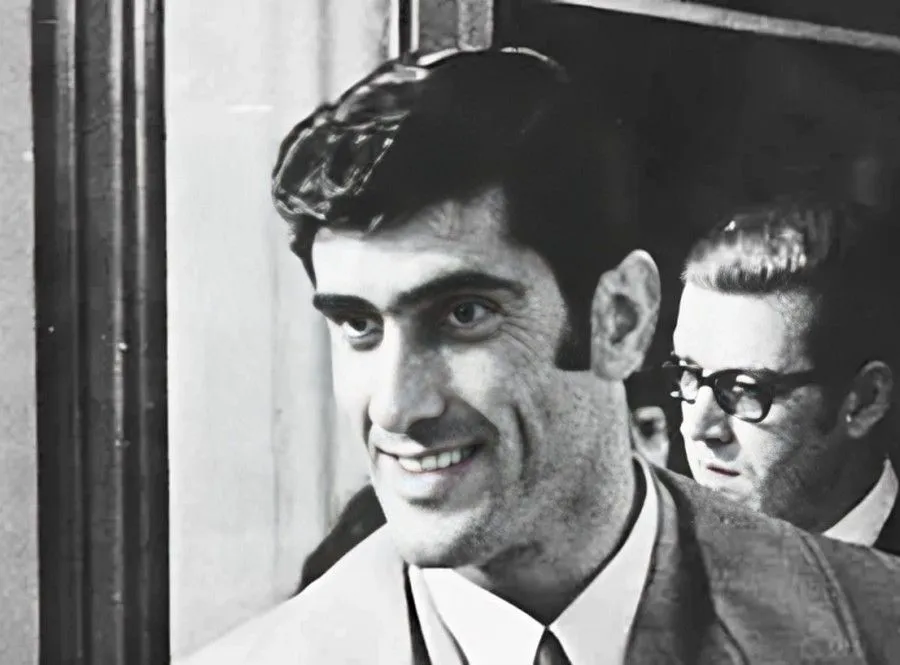
@Mordechai Rahamim/factrepublic.com
Rahamim successfully neutralized the leader of the terrorists, allowing him to subdue the remaining three attackers. Upon landing, both he and the militants were arrested by Swiss police, and his weapon was confiscated. Although he was later acquitted, his quick actions prevented the situation from escalating further and stopped the attackers from fleeing.
An Unassuming Island
Approximately 230 miles off the coast of Scotland lies Rockall, a largely uninhabitable 100-foot rock that rises out of the tumultuous sea. Despite its size and remoteness, it became a significant security concern in the 1950s. During the Cold War, Britain feared that spies might use the island as a base for reconnaissance missions targeting the nearby Outer Hebrides, which was known to be a testing ground for British missiles.

@Tours to Uninhabitable Scottish Island Rockall Will Cost $2,000 for Only 20 minutes/thedope.news
This fear led to heightened tensions between Britain and Ireland, particularly after Britain planted its flag on the island in 1955. By claiming Rockall as British territory, the already delicate maritime border between Britain and Ireland became even more contentious. The dispute over sea borders and fishing rights persists to this day, stemming from an island that was never truly a threat during the 1950s.
The Authentic James Bond
Dušan Popov, a Serbian-born British spy, served as a secret agent for MI6 during World War II. Throughout his career, he earned a reputation for his exceptional work, although it wasn't always fully appreciated by those he aimed to assist. One of the most notable moments in his espionage career occurred when he intercepted Japanese plans indicating an impending attack on Pearl Harbor.
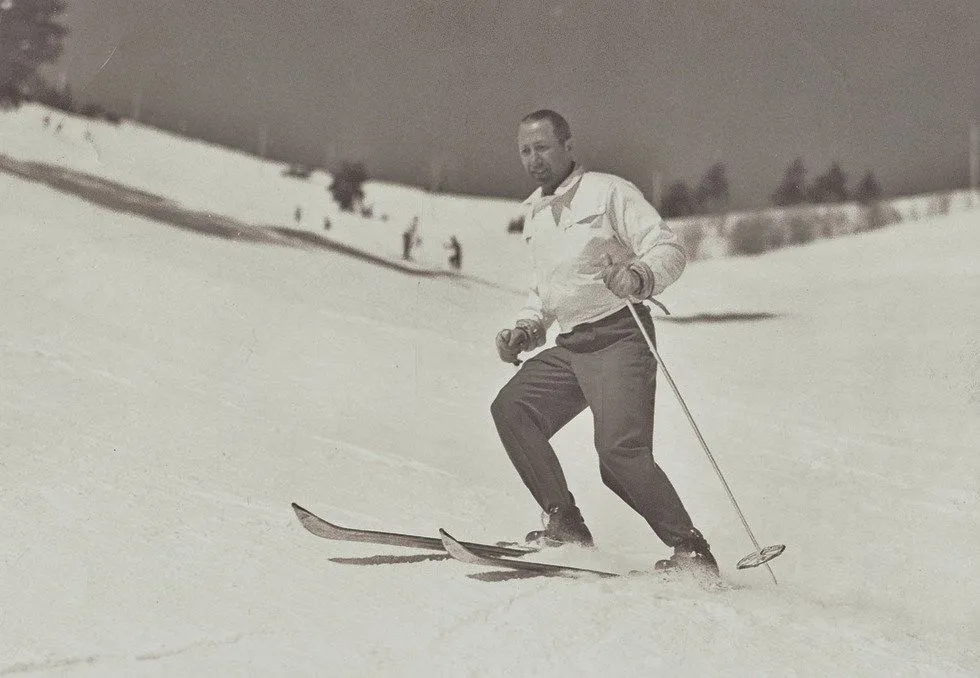
@My name is Popov, Dusan Popov/011info.com
When he relayed this critical information to the FBI four months prior to the attack, he was met with skepticism, as Edgar Hoover did not trust him. Popov’s career is filled with similar incidents, and he encountered many influential figures in the intelligence community, including Ian Fleming, who was a Naval Intelligence Officer at the time. It is widely believed that Popov served as one of the primary inspirations for Fleming's iconic character, James Bond.
The Escaping Spy
Christopher John Boyce was part of the American defense industry during the Cold War and made a startling discovery. While working at TRW’s “Black Vault,” a classified communications center, he stumbled upon misrouted cables that gave him access to highly sensitive CIA communications. Amid the global tensions of the time, Boyce overheard numerous conversations revealing the covert operations of the CIA and other U.S. government branches.
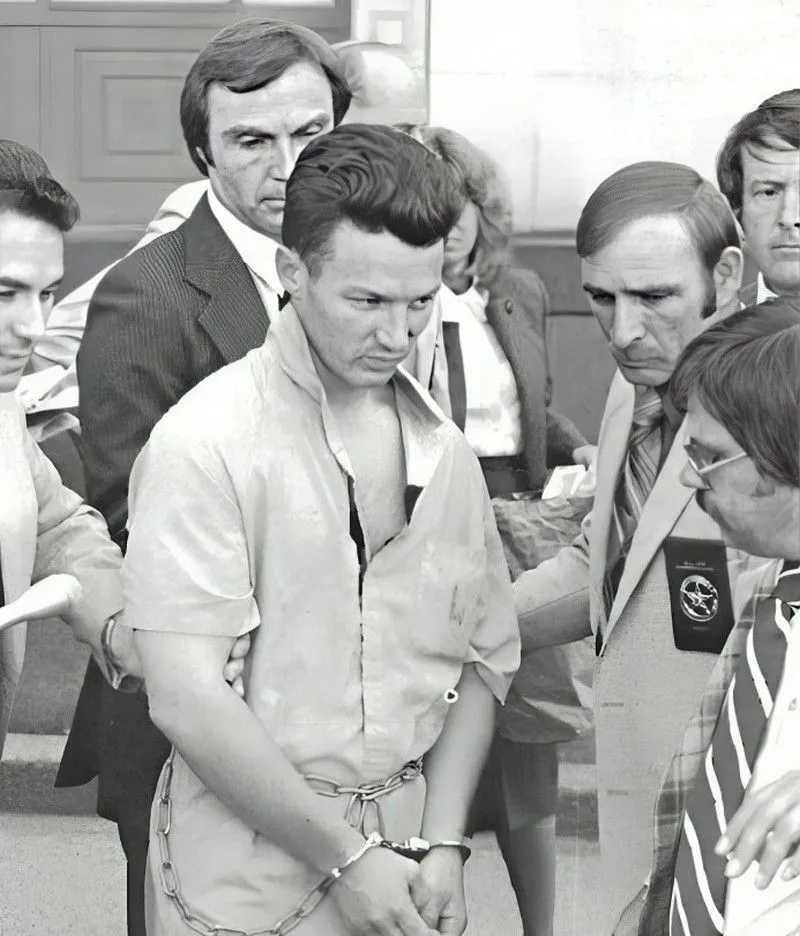
@Capture of Christopher Boyce/usmarshals.gov
The pivotal moment that spurred him into action was when he learned of a plot to oust Australian Prime Minister Gough Whitlam from power. Realizing the CIA was increasingly meddling in affairs he believed were beyond their jurisdiction, Boyce amassed information to pass on to the Soviets. He became a spy for them in exchange for substantial sums of money, and after his betrayal was uncovered, he infamously escaped from prison and embarked on a spree of 17 bank robberies. Additionally, he studied aviation to facilitate his escape to his Soviet allies.
The Sea Monster
As the Cold War came to an end, numerous secret projects from various nations began to be revealed. One notable plan from the Soviet Union was the development of the Ekranoplan, a project that never reached completion due to the dissolution of the Soviet Union. This massive vehicle, known as “The Sea Monster,” was envisioned as a hybrid craft, part ship and part airplane, intended for military purposes.
 @The ‘Caspian Sea Monster’ rises from the grave/edition.cnn.com
@The ‘Caspian Sea Monster’ rises from the grave/edition.cnn.com
It was designed to weigh 380 tons and skim across the water's surface at speeds of approximately 340 mph. Although the project was ultimately abandoned, there are proposals to repurpose the remnants of the Ekranoplan into a tourist attraction, minus the wings and the eight enormous turbofans that once powered the giant craft.
Anthony Blunt: His Life Story
In 1979, former British Prime Minister Margaret Thatcher disclosed the existence of a Soviet spy operating in England. This spy was Anthony Blunt, who oversaw the Queen’s art collection and worked at Windsor Castle throughout World War II and beyond. With his Marxist affiliations, Blunt accumulated and relayed one of the largest amounts of intelligence for a single spy during that period.
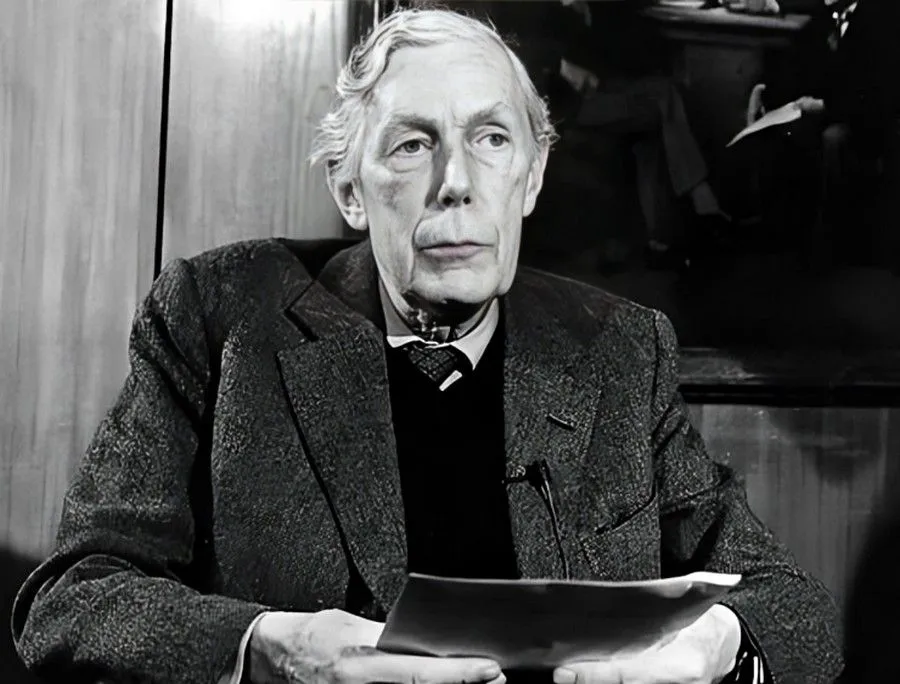
@Anthony Blunt: A Question of Retribution?/bbc.co.uk
He allegedly penned an autobiography titled Anthony Blunt: His Lives, in which he detailed the 1,771 documents he transmitted to his Soviet contacts between 1941 and 1945. Blunt's abilities and infamy were well-earned, and despite later being unmasked, he supplied such an extensive quantity of information to the Soviets that they eventually began to doubt his allegiance, suspecting he might be working against them by sharing misleading intelligence.
Krystyna Skarbek
Krystyna Skarbek was a Polish-born British spy who played a vital role in assisting the Allies in their fight against Nazi tank forces. Her espionage career commenced shortly before the war and continued until its conclusion. Recognized for her daring actions, some of her notable achievements include smuggling a specialized Polish anti-tank rifle to the Allies before the war began, supplying critical intelligence on the transportation of oil from Germany to Romania’s oil fields, and evading capture by the Gestapo.

@Krystyna Skarbek - Kolor/pamietajskadjestes.pl
Her dramatic escape story unfolded when she and her partner were captured in Hungary, which was preparing to ally with Nazi Germany. While in Gestapo custody, Skarbek resorted to a desperate measure: she nearly bit her tongue off to induce severe bleeding, allowing her to feign having terminal tuberculosis and ultimately secure her release.
The Man Who Prevented Nuclear War
Through actions that ultimately led to his forced early retirement by the Soviet Union, Lieutenant Colonel Stanislav Petrov may have saved the world from nuclear catastrophe. In September 1983, he was the duty officer at a nuclear early-warning system command center. While on standby, Petrov received an alert indicating that the United States had launched five nuclear missiles aimed at Russia—a warning that was later determined to be a false alarm caused by a system malfunction.
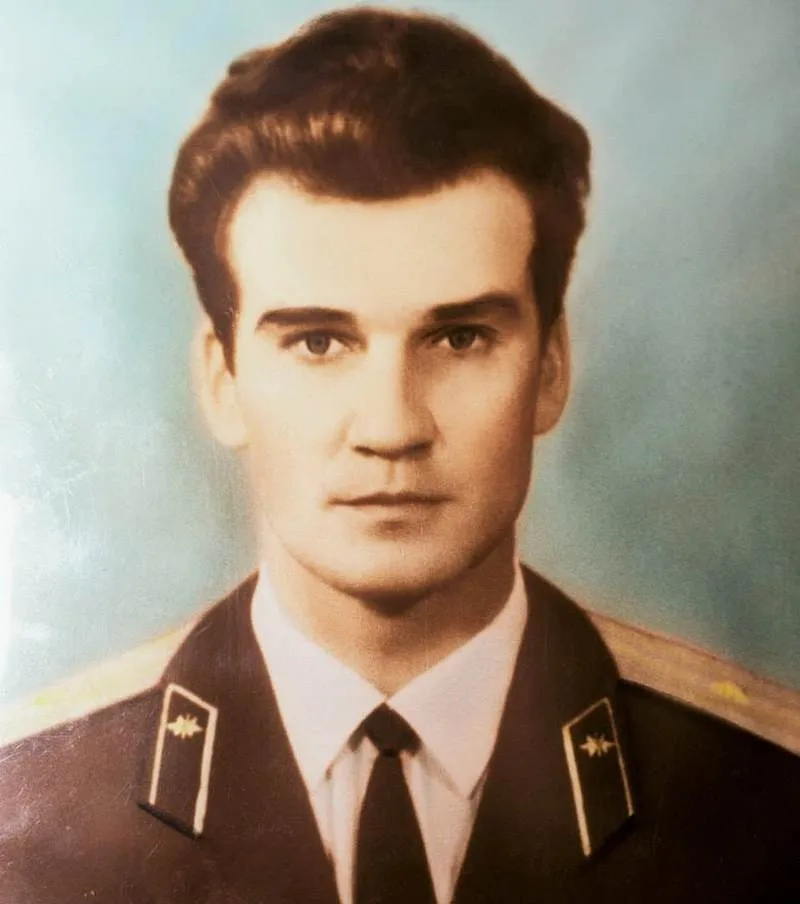
@Future Of Life Award 2018/futureoflife.org
Recognizing the reports as erroneous, he chose not to act on the alert. Although he prevented a potential nuclear disaster, the Soviet government was embarrassed by the malfunction of their systems, and for bringing attention to this failure, Petrov faced direct repercussions. He was denied promotions and benefits throughout his career, ultimately leading to his early retirement to escape workplace harassment.
$2.7 Million for Ten Lives
Aldrich Ames was an intelligence analyst for the CIA who secretly acted as a double agent, spying on the United States for the Soviets during the Cold War. Leveraging his position within the agency, he managed to leak sensitive information regarding various American operations within the USSR.

@Why some aging spies won't walk out of U.S. prisons, long after the Cold War/cbc.ca
Although not definitively proven, it is widely believed that Ames and his wife received at least $2.7 million from the Soviets for vital intelligence on the identities and locations of every American agent operating in their territory. This betrayal directly resulted in the execution of ten CIA agents, making the Ameses the highest-paid assets of the Soviets during that period. Eventually, five CIA agents uncovered Ames’ treachery, leading to his arrest in 1994. He is currently serving a life sentence for espionage and has been the subject of several films.
Seeds He Carried
Avshalom Feinberg was a key figure in the Jewish spy network known as Nili, which operated throughout Ottoman Palestine and assisted the British during World War I. Nili facilitated various espionage missions in Northern Africa in the early 1900s. Tragically, Feinberg met his fate in the desert, reportedly murdered by a group of nomadic Bedouins while traveling on foot at night.
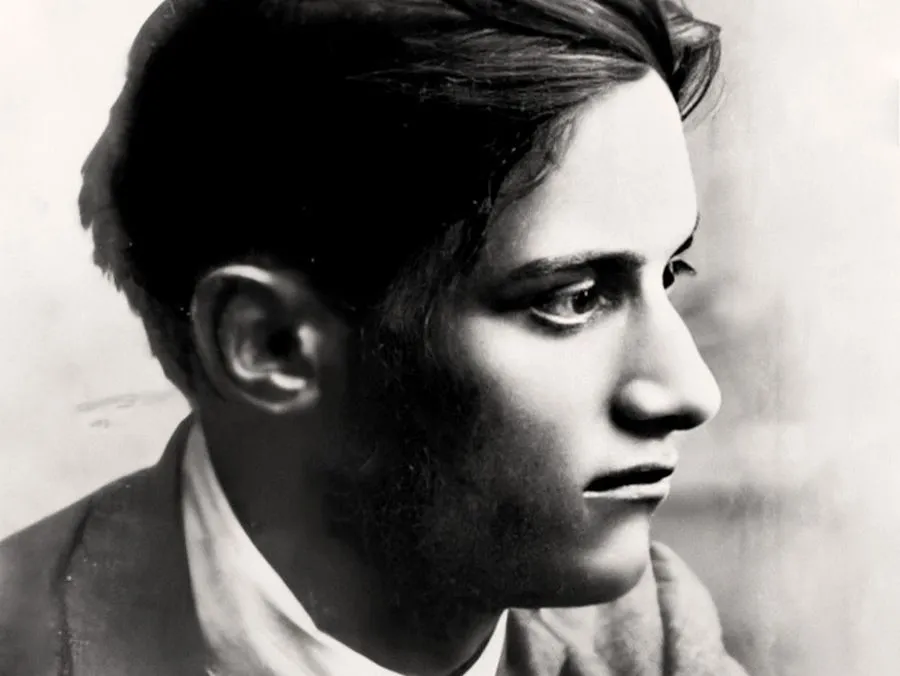
@Avshalom Feinberg: A Spy With a Poetic Soul/blog.nli.org.il
He had been returning from Egypt after establishing contact with the British Department of Naval Intelligence when he disappeared. His remains were discovered decades later, in 1967, shortly after the Six-Day War. They were found beneath a palm tree that had grown from date seeds in his pocket, creating a natural memorial to honor his legacy.
Cuba’s Forced Baldness
Fidel Castro was a figure of significant interest to the American government, which enacted hundreds of plans aimed at overthrowing the Cuban leader. Many of these schemes are notoriously bizarre, such as explosive-filled cigars and rigging the seabed of his favorite diving site with explosives. Among the 634 attempts on Castro’s life, there were additional strategies designed to undermine his leadership and incite dissent.
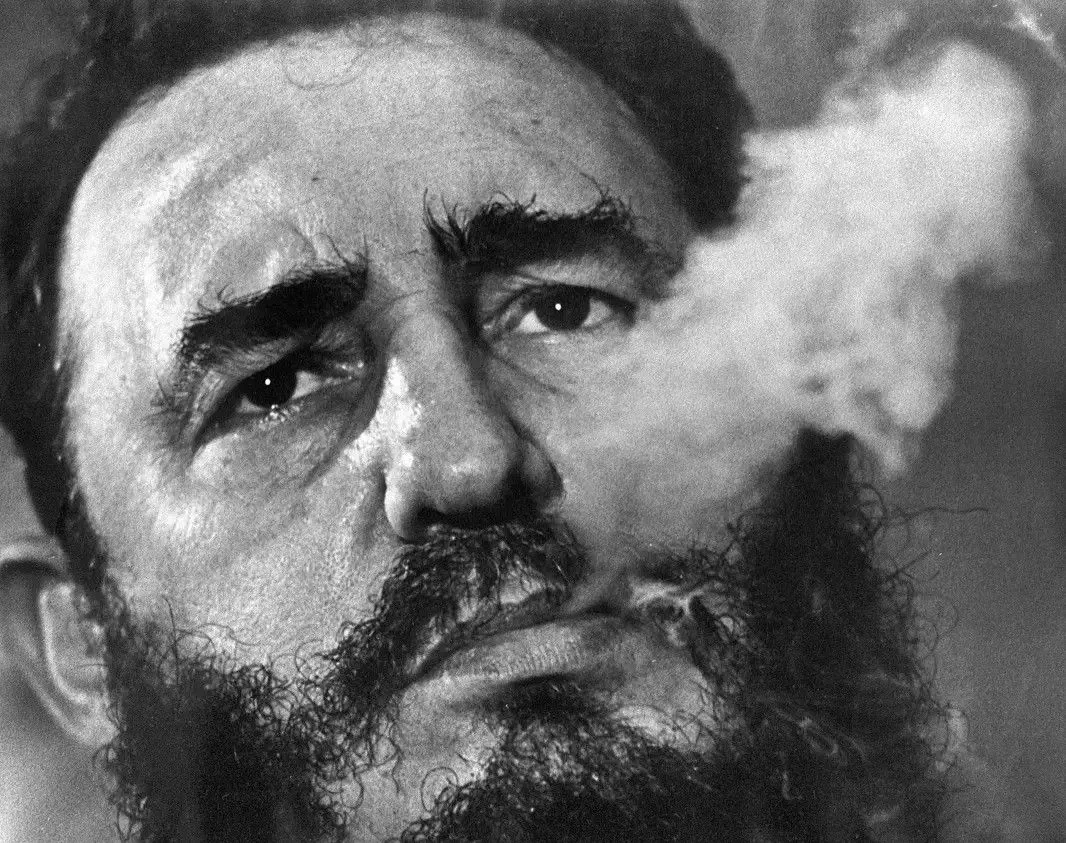
@Former Cuban Leader Fidel Castro Dies at 90/time.com
One particular plan sought to damage his iconic image by inducing rapid baldness through thallium salt poisoning. While not intended to be fatal, the plot involved sprinkling thallium salt on Castro’s shoes during an overseas trip, which would result in hair loss. However, Castro ultimately canceled the trip, thwarting yet another attempt against him.
The Giant’s Task of Paul Bunyan
Operation Paul Bunyan refers to a joint mission conducted by the United States and South Korea aimed at intimidating and asserting dominance over North Korea. A large, well-known tree in the Demilitarized Zone (DMZ) between North and South Korea obstructed visibility. In 1976, the U.S. dispatched soldiers to trim the tree in an effort to enhance visibility.

@Paul Bunyan Day: Getting to Know the American Legend/montereyboats.com
However, North Korea reacted with hostility, resulting in the deaths of two soldiers and injuries to nine others, viewing this action as an act of aggression. Rather than escalating into all-out war, Operation Paul Bunyan was initiated to resolve the conflict before it could escalate further. A convoy of soldiers arrived at the tree and completely cut it down, employing an almost excessive display of force as a show of intimidation. This approach seemed effective, as North Korean leader Kim Il-sung later expressed regret over the deaths and injuries of the soldiers involved.
The Extraordinary Life of Kim Hyun-Hui
In 1987, as South Korea was preparing to host the Olympic Games, tragedy struck when Korean Air Flight 858 was bombed, resulting in the deaths of 115 people. The perpetrator was 25-year-old Kim Hyun-Hui. After successfully detonating the bomb following a layover in Abu Dhabi, she and her accomplice attempted to flee to Bahrain. Fortunately, they were being monitored and were apprehended. While her partner took his own life with a cyanide-laced cigarette, Kim was captured and brought to Seoul.

@Police probe 1987 flight bomber libel case/koreaherald.com
Initially sentenced to death, she was later pardoned after confessing and sharing valuable insights about the North Korean regime. During her time in custody, she developed a relationship with one of her interrogators, whom she later married. Now living in seclusion and under protection, she fears that the North Korean government may seek retribution for her betrayal.
The Lillehammer
The Lillehammer Affair refers to the murder of Ahmed Bouchikhi, who was mistakenly identified as Ali Hassan Salameh, the leader of Black September. Bouchikhi was working as a waiter in Lillehammer, Norway when he was attacked and shot by Mossad agents. These undercover operatives were in Norway on a mission to track down Salameh for assassination following the 1972 Munich massacre.

@Lillehammer affair/wikiwand.com
Mossad had received information suggesting that Salameh was posing as a waiter in Lillehammer, prompting a team of 15 agents to investigate. After incorrectly identifying Bouchikhi as Salameh, they killed him and quickly fled the scene. Six of the 15 agents were apprehended by Norwegian police and interrogated. The revelation of Mossad's involvement in the incident severely damaged the intelligence agency's reputation.
The Killing of the Butcher of Riga
Herbert Cukurs, notoriously known as the Butcher of Riga, was one of Mossad's targets after World War II. Having fled to Brazil, Cukurs found himself in a cat-and-mouse game with the Israeli intelligence agency. Mossad sought to track him down and assassinate him for his war crimes. At that time, Cukurs was leading a modest life, offering seaplane flights to tourists.
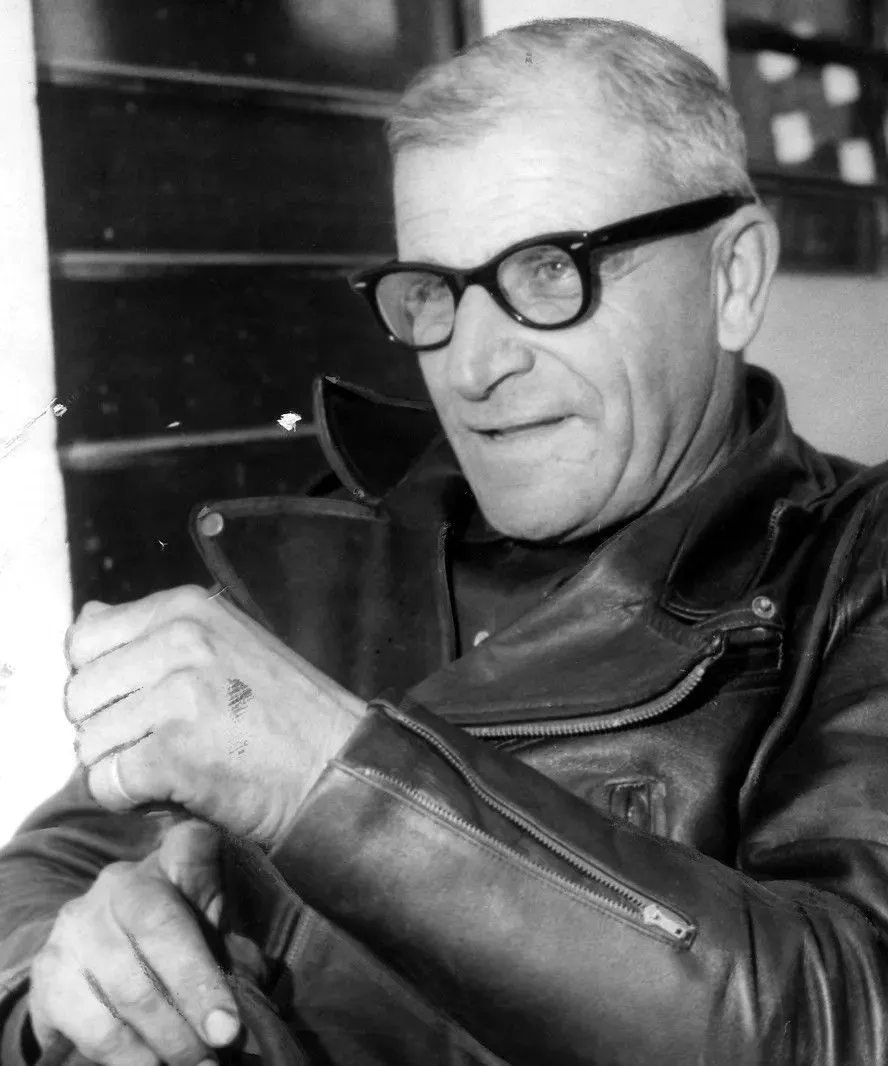
@Ancelmo Gois/oglobo.globo.com
Once they identified his new existence, Mossad dispatched an agent to get close to him. The agent, using the alias Anton Kunzle, posed as an Austrian businessman looking to involve Cukurs in new tourism ventures. After gaining his trust and familiarizing himself with Cukurs's routine, the agent lured him into a darkened house, where Mossad's hit squad executed the assassination.
Bernard Boursicot
Bernard Boursicot, an employee at the French embassy in Beijing, became a victim of a honeypot trap set by a Chinese spy. Shi Pei Pu, a male Chinese opera singer known for performing feminine roles in the mid-1900s, later turned into a spy for the Chinese government. His acting skills were so convincing that he led Boursicot to believe he was a woman disguising herself as a man to fulfill her father’s wishes.
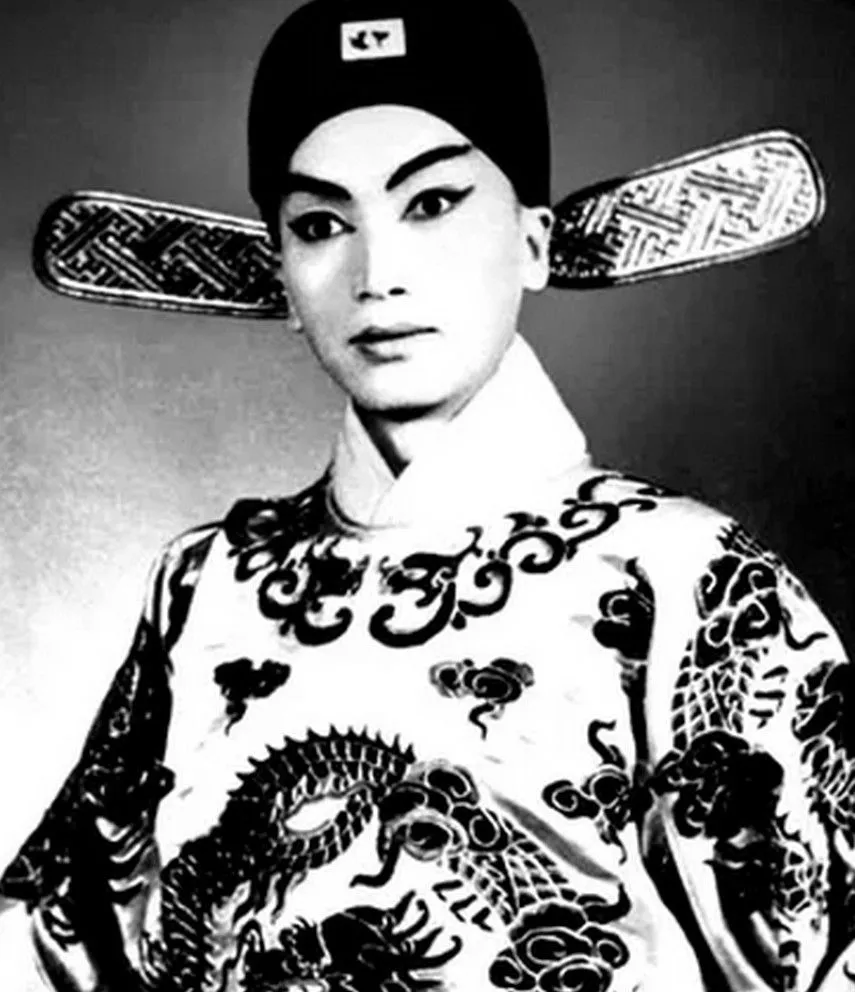
@Shi Pei Pu: The opera singer who faked being a woman to spy for China/nextshark.com
The two quickly formed a secret relationship, which Shi exploited to his advantage. For two decades, he deceived Boursicot and manipulated their relationship for espionage purposes. Shi pressured Boursicot to gather and surrender sensitive documents and engage in espionage on his behalf. He even went as far as to adopt a child and present it to Boursicot as their own. Boursicot was led to believe this deception until the truth came to light when he tried to smuggle his family into France, leading to their apprehension.
The Cambridge Five
The Cambridge Five was a network of British spies who served as informants for the Soviet Union, operating throughout World War II and the Cold War for about 20 years. The group became the subject of numerous conspiracy theories, and their activities were eventually exposed in the 1950s as they grew careless. Suspicion mounted when Homer and Hicks, whose real names were Donald Maclean and Guy Burgess, suddenly defected to the Soviet Union.
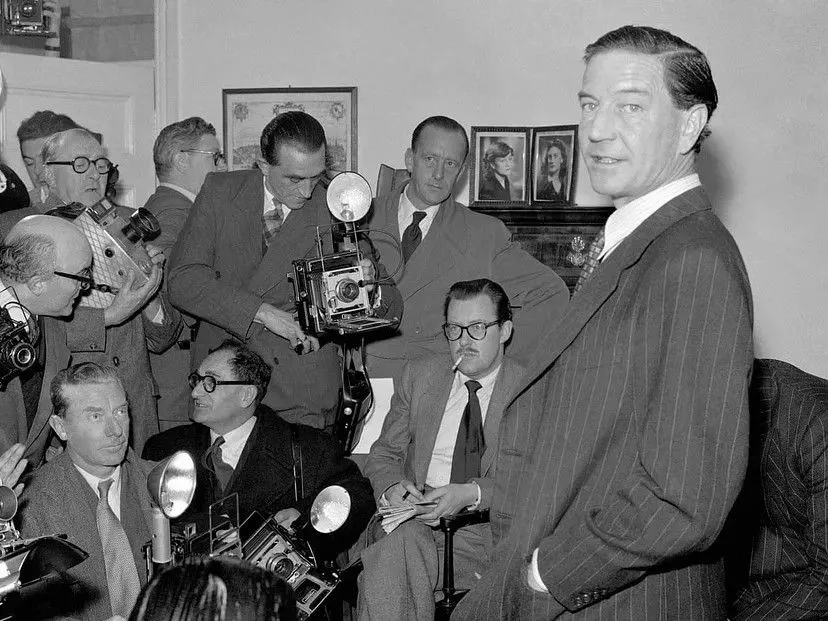
@“The Cambridge Five: Unraveling Britain’s Infamous Cold War Spy Ring”/medium.com
Their close associate, known as Sonny or Stanley (real name Kim Philby), quickly became a suspect in the espionage activities. He also fled to the Soviet Union, leaving a telegram for his wife in which he bid his family “farewell forever.” Later, a fourth member, Johnson (real name Anthony Blunt), confessed during interrogations by British Intelligence, revealing the full extent of their espionage activities decades after their missions were completed. The last member, Liszt (real name John Cairncross), was not even considered a suspect until his involvement in espionage came to light in 1990.
Chelsea Clinton and Her Secret Service Detail
When Chelsea Clinton, the daughter of Bill Clinton, began attending Stanford University in 1997, concerns about her safety arose. Her mother issued an open letter appealing to journalists not to harass Chelsea while she pursued her education. However, the letter did little to deter the press, who continued to swarm the university for stories. Each day, Chelsea arrived via motorcade with her parents, flanked by Secret Service agents for protection.

@The Stunning Transformation Of Chelsea Clinton/thelist.com
To enhance her security, the Secret Service agents dressed in plain clothes, blending in as university students and sharing a dorm with Chelsea. They remained in close proximity at all times. Additionally, they had bulletproof glass installed in her dorm room and set up surveillance cameras in the hallway to monitor activity.
The Spy Who Rescued Churchill, Roosevelt, and Stalin
Gevork Andreevich Vartanian was an intelligence officer for the Soviet Union who played a vital role in spying on the Nazis and providing critical information on their recruitment efforts as early as 1940. Along with his team, he was responsible for the arrest of over 400 Nazi agents operating in Nazi-occupied Ukraine. Vartanian is best known for uncovering Operation Long Jump, a Nazi plan to assassinate or capture Churchill, Roosevelt, and Stalin.
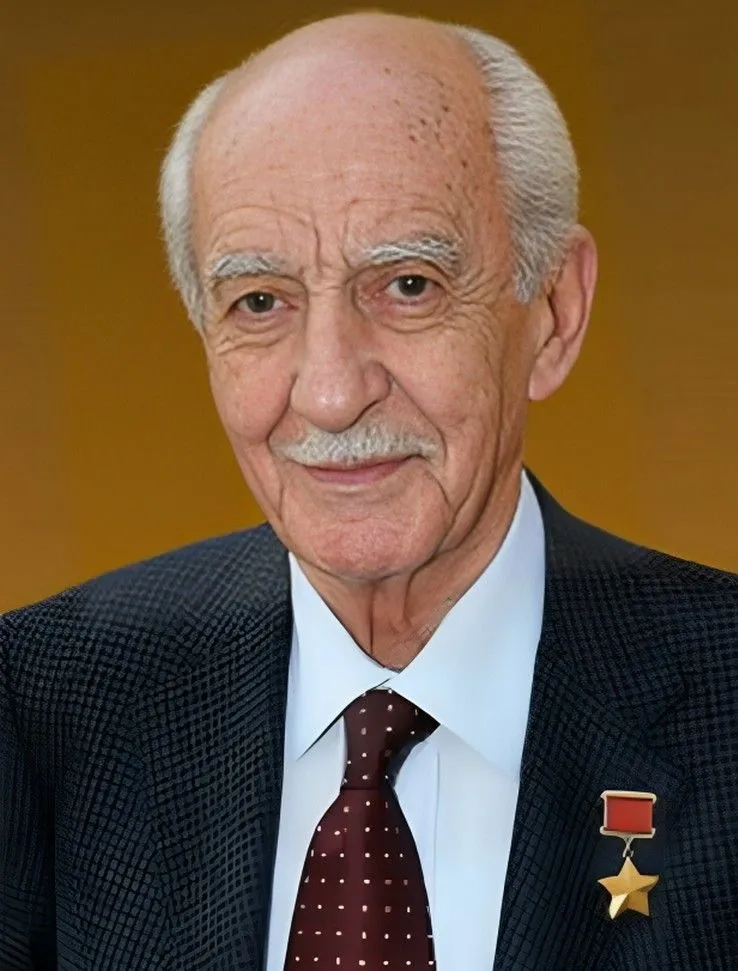
@Gevork Vartanian/attarmenia.com
The Nazis had learned about the leaders' upcoming meeting in Tehran and mobilized a hit squad that could have potentially turned the war in their favor had Vartanian not thwarted their scheme. Vartanian's group managed to locate six Nazi radio operators, enabling them to identify the drop zones for the assassins, who were set to parachute into the town of Qom. The Soviets quickly apprehended them, forcing the operatives to contact their Nazi handlers, which further derailed the operation.
The Most Unusual Player in Baseball History
Moe Berg was a professional baseball catcher and coach who enjoyed a 15-season career in Major League Baseball. While his lengthy tenure was notable, his performance was considered fairly average, earning him the nickname “the brainiest guy in baseball.” A dedicated intellectual, he was fluent in several languages and kept himself well-informed about current world events. Eventually, he was recruited by the Office of Strategic Services (OSS) as a spy and completed numerous assignments, becoming a well-known asset.
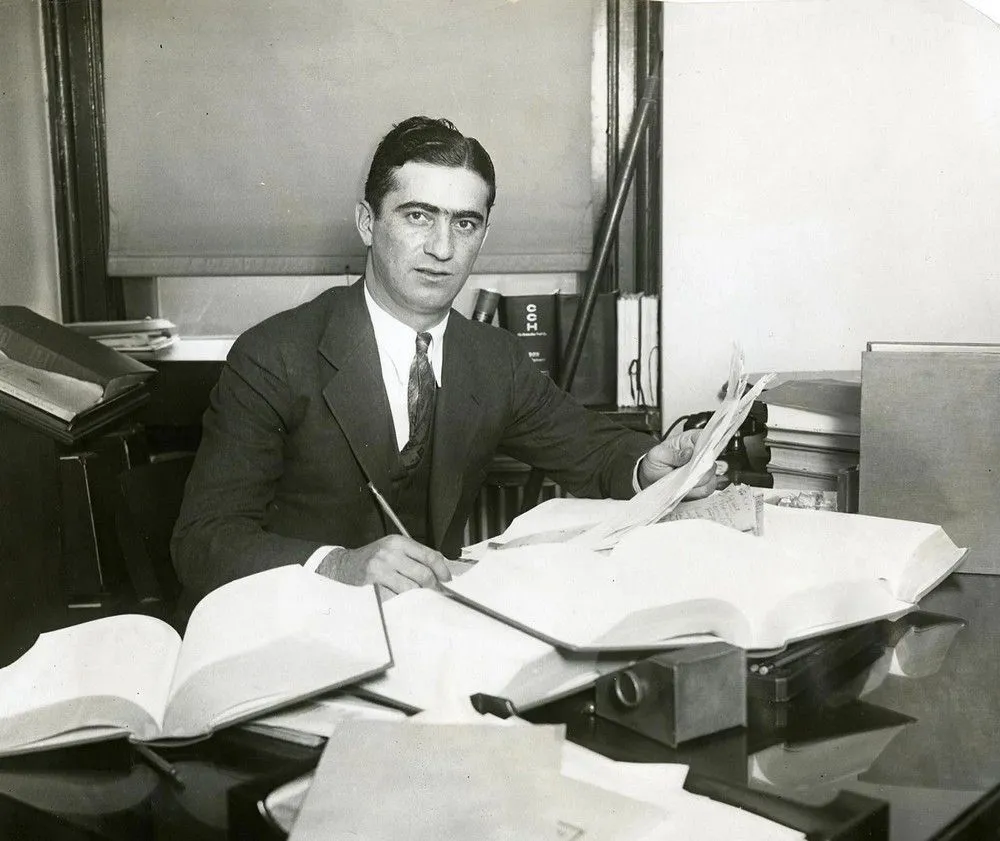
@Bill Francis/baseballhall.org
President Roosevelt even acknowledged him with the memorable phrase, “Give my regards to the catcher.” After his service in World War II, however, Berg found himself without a steady job. Charismatic by nature, he relied on the support of friends and family. Nevertheless, he continued to carry out various missions in secret, often disappearing to Europe for the CIA.
The Spy Behind the Manhattan Project
George Koval was a highly regarded American engineer who secretly had ties to the Soviet Union. As the world powers began their experiments with nuclear energy, Koval infiltrated the renowned Manhattan Project, gaining direct access to the research and development notes related to nuclear weapons. This allowed him to steal intelligence and pass it on to the Soviets, significantly aiding their efforts in developing their own nuclear arsenal.
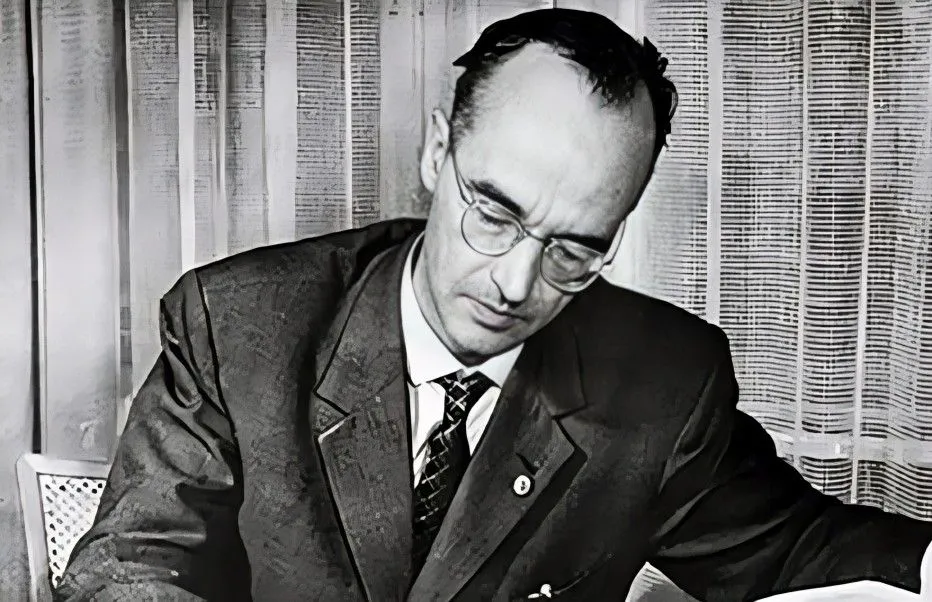
@George Koval/factrepublic.com
His contributions were crucial in helping the Soviet Union advance its nuclear weapons program more rapidly. Koval eventually left the United States just before the first Soviet atomic bomb was detonated. He informed his friends that he was going on vacation in Europe but instead, he disappeared to Russia, where he lived the rest of his life in relative quiet and obscurity.
The Agent Who Planted Trees
Eli Cohen was an Israeli spy renowned for his espionage activities in Syria. From 1961 to 1965, he forged strong relationships with numerous high-ranking officials in both the government and military. Eventually, he was discovered and executed, an event that significantly escalated tensions between Israel and Syria. While in Damascus, Cohen secretly transmitted intelligence to the Israeli army through letters, radio communications, and in-person meetings during three covert trips to Israel.
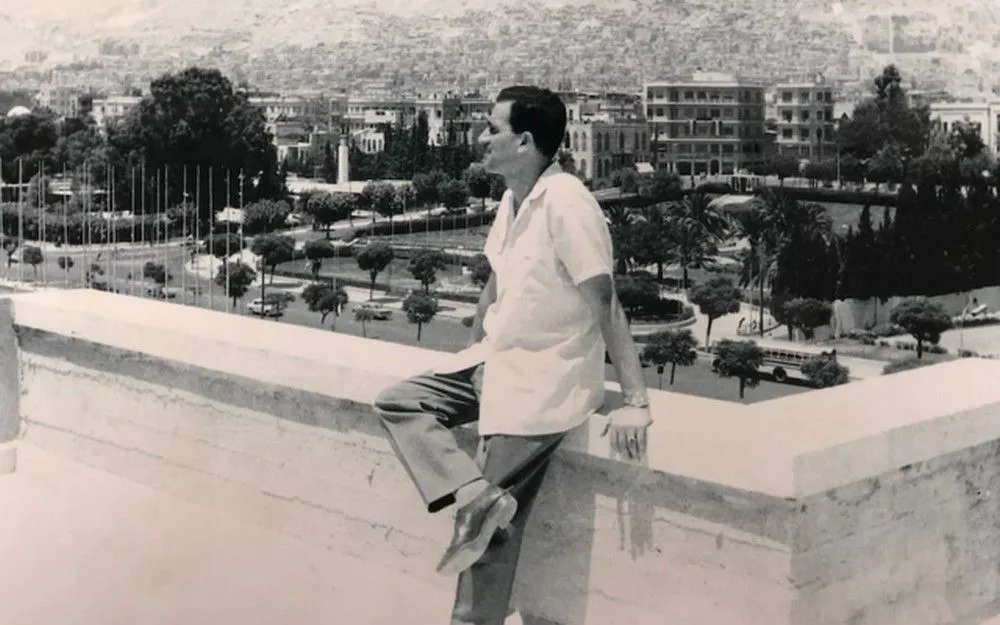
@Mossad head reveals how Syria found Eli Cohen, discloses spy’s final message/timesofisrael.com
Notably, he surveyed the Golan Heights, gathering vital information about the Syrian military's fortifications. According to legend, he formulated a plan to assist the Israeli army during the Six-Day War by identifying key targets. However, this account remains unverified, as he was hanged before he could confirm the details. He allegedly suggested that the Syrian army plant trees to provide shade for soldiers at their positions, which would help Israel pinpoint their targets.
The Agent Identified as Garbo/Alaric
Juan Pujol Garcia was a Spanish man who despised the political extremism of the Spanish Civil War. Together with his wife, he resolved to become a spy for the British to "do good for humanity." Notably, he is one of the few spies to have received medals from both his allies and his adversaries. Initially, the British declined his offer to serve as a spy, so he devised his own strategy to support their efforts.
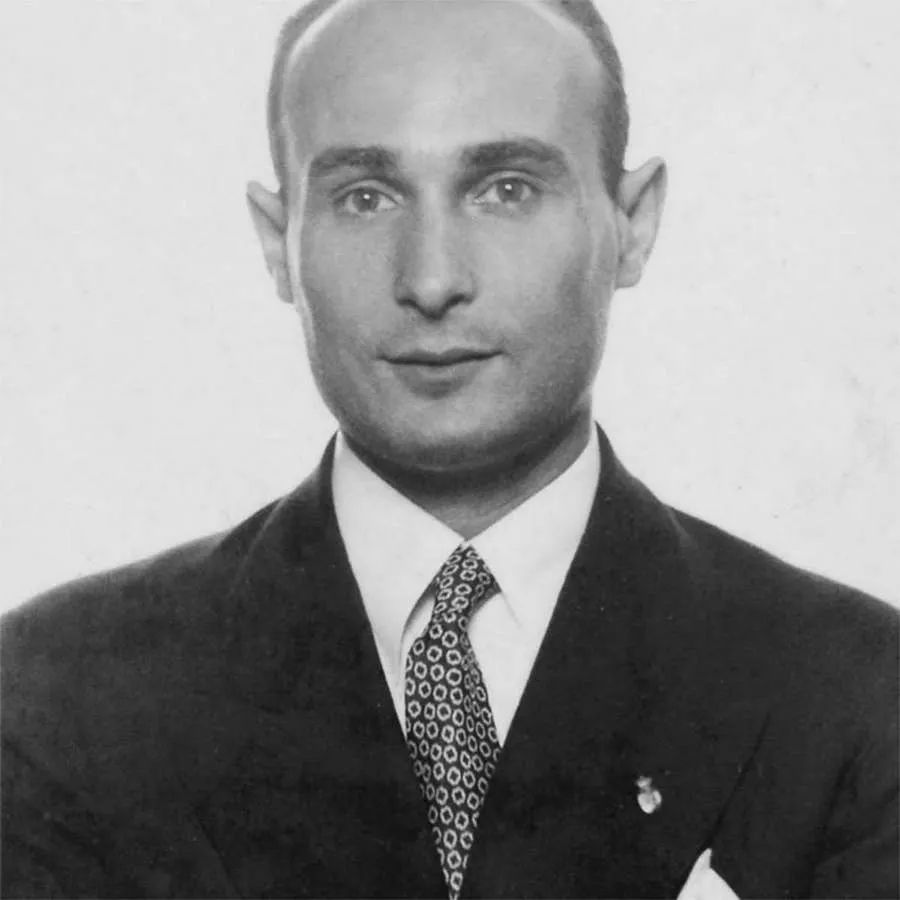
@Garbo, the spy that defeated Hitler/agentgarbo.com
He created a false identity as a pro-Nazi Spanish government official and was soon approached by the Nazis to gather intelligence on the British. Seizing this opportunity, Garcia fabricated fake records and intelligence to send to the Nazis. The British became aware of his activities and nicknamed him "Garbo." Subsequently, they enlisted him officially as a double agent against Germany, using the codename "Alaric."
he First African American Film Star and Spy
Freda Josephine Baker was a renowned dancer, singer, and actress in France, celebrated for being the first black woman to star in a major motion picture, specifically in the silent film Siren of the Tropics. Her immense popularity enabled her to support the French Resistance during World War II. Recruited as an honorary correspondent for the Deuxième Bureau, she proved to be an ideal candidate for gathering intelligence from the German elite.
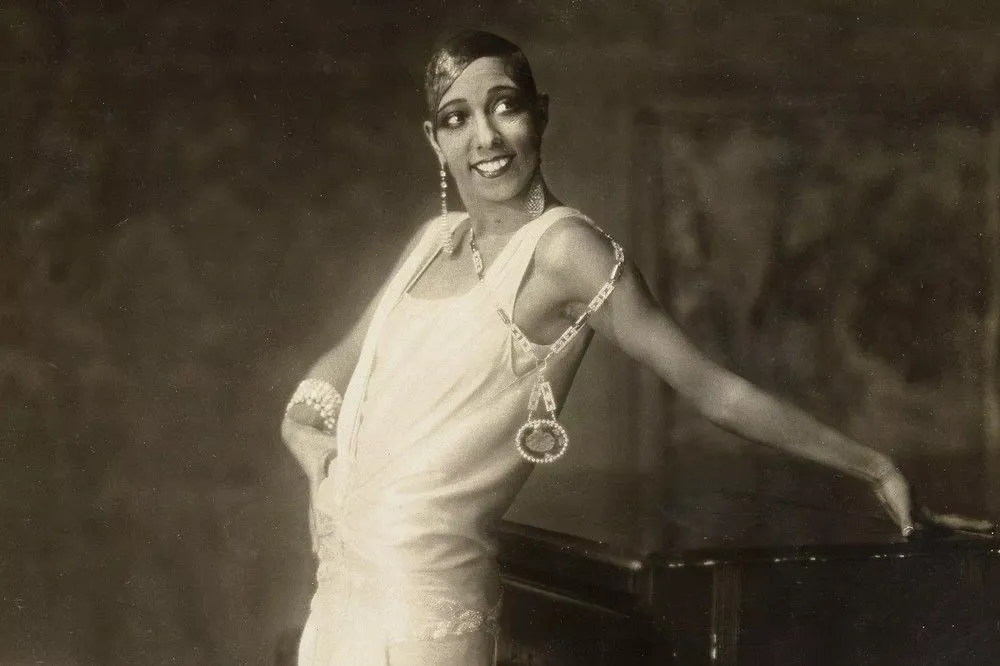
@Biography of Josephine Baker, Dancer, Singer, Activist, and Spy/thoughtco.com
Her fame granted her access to socialize with officials in embassies, clubs, and government ministries, allowing her to charm and extract valuable information from those she encountered. Her career as an entertainer provided a legitimate reason to travel throughout Europe, facilitating interactions with numerous officials. This also allowed her to relay information to her allies discreetly. Notably, many of her messages were written in invisible ink on her sheet music.
The Cuckoo’s Egg
The Cuckoo’s Egg is both a novelization and a first-person narrative by Clifford Stoll that chronicles his pursuit of KGB spies. The story begins with an alarming event — a mere nine-second discrepancy in computer time that exposed a significant security breach. Stoll’s account details the activities of Karl Koch (also known as Hagbard) and his associates: Dirk-Otto Brezinski (DOB), Hans Heinrich Hübner (Pengo), and Markus Hess (Urmel).

@The Cuckoo's Egg/lopes.id
Together, this group engaged in a series of hacking operations, infiltrating U.S. military computer systems for espionage purposes. As the investigation drew closer to capturing Koch, he and Pengo chose to confess under espionage amnesty to evade prosecution. Tragically, just a few months later, Koch's abandoned car was discovered, and his remains were found burned nearby. His death was officially ruled a suicide but many suspect it was a covert assassination.